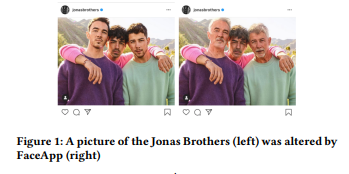Engaging Latinx Youth in Understanding the Science of Climate Change by Developing Digital Narratives and Games
PosterThe project engages high school students in exploring science-based climate scenarios and co-creating an interactive digital narrative. Project research investigates outcomes related to the project goal to improve STEM career aspirations among Latinx teens.
